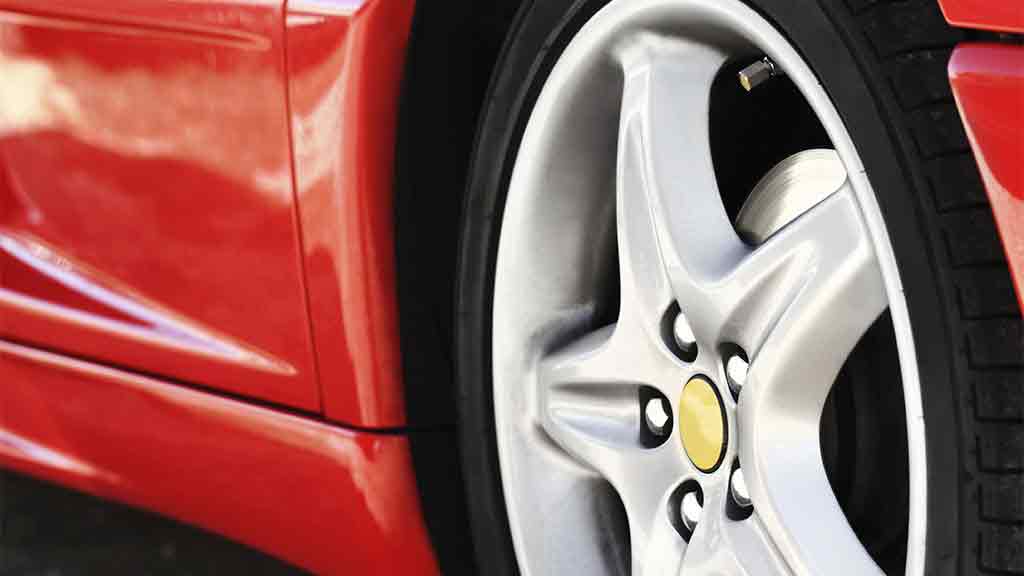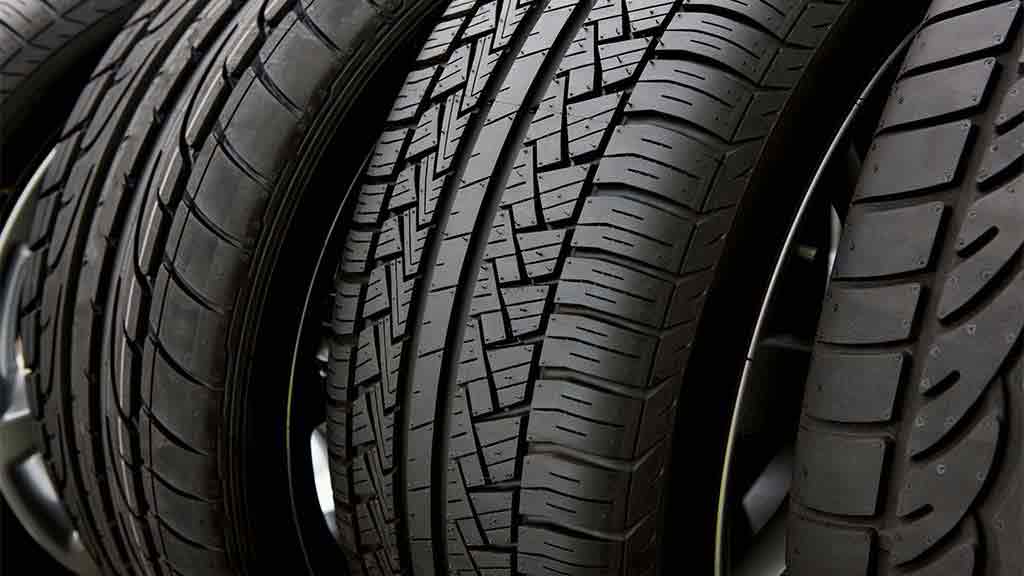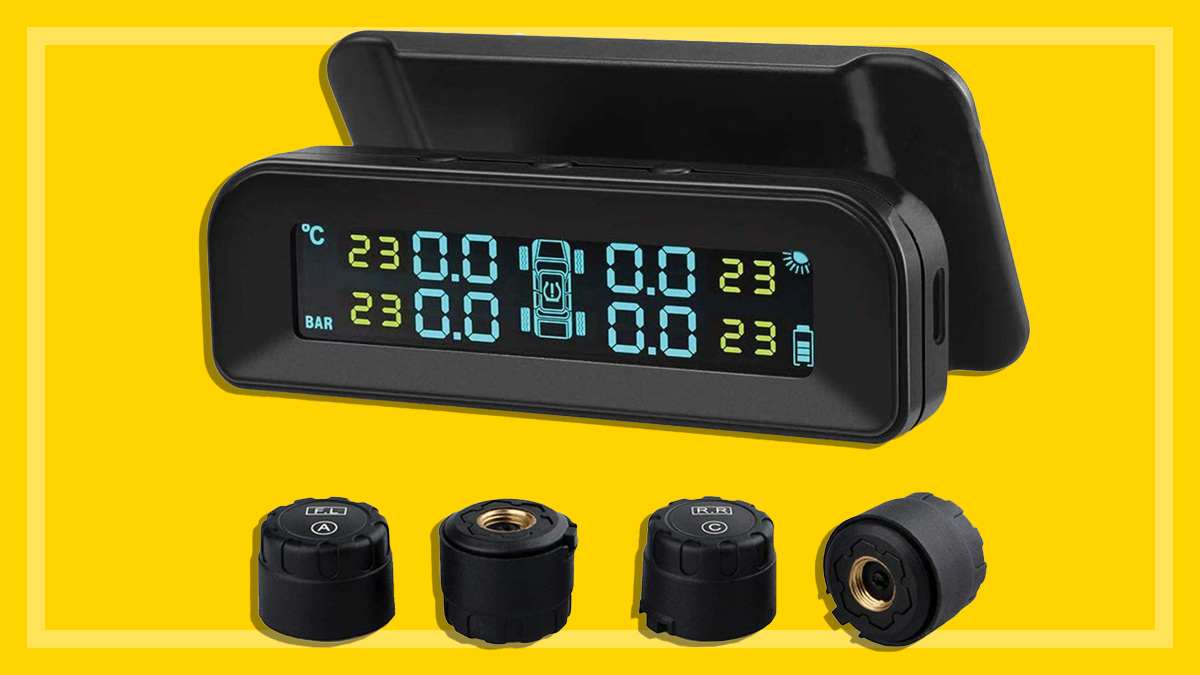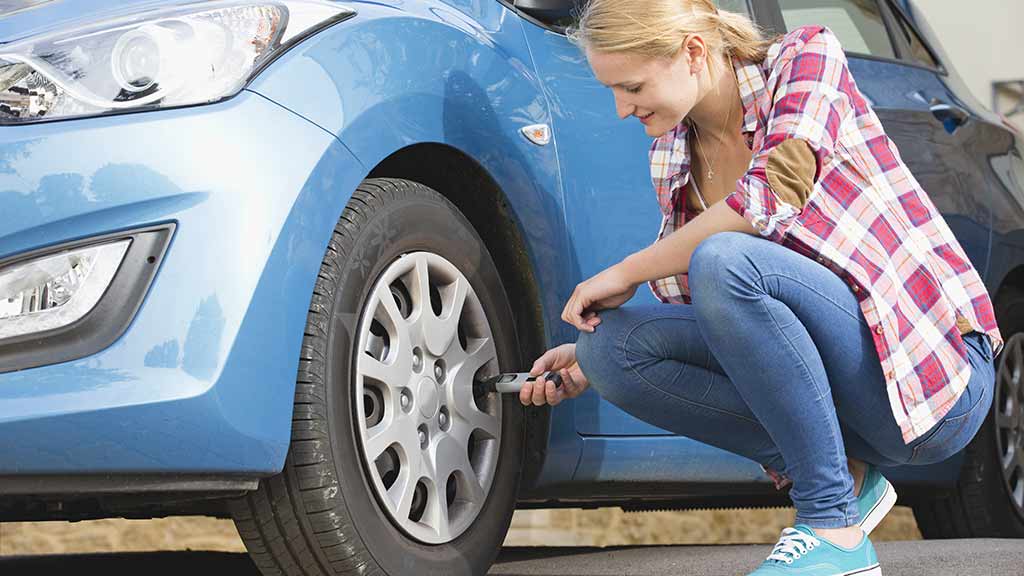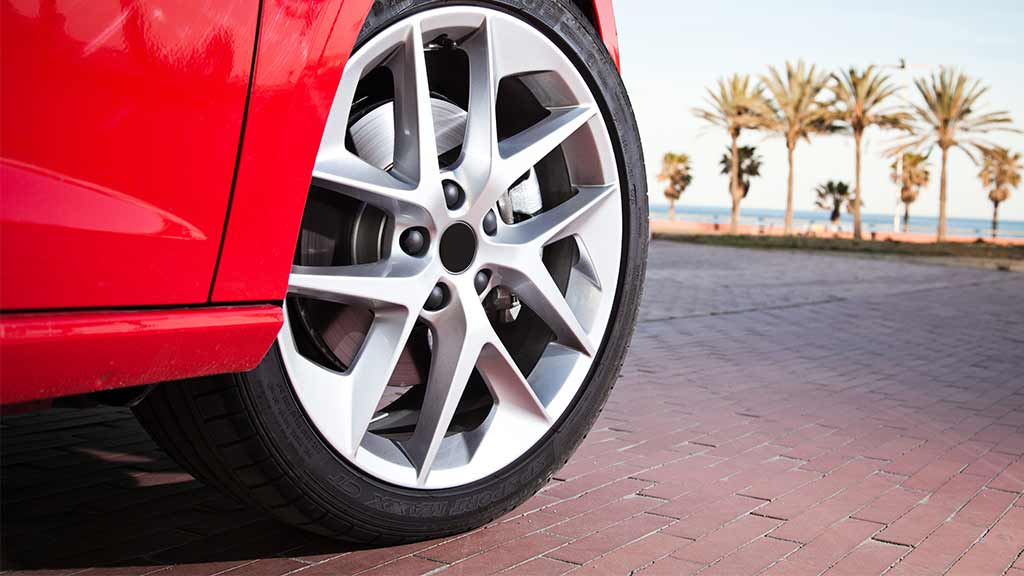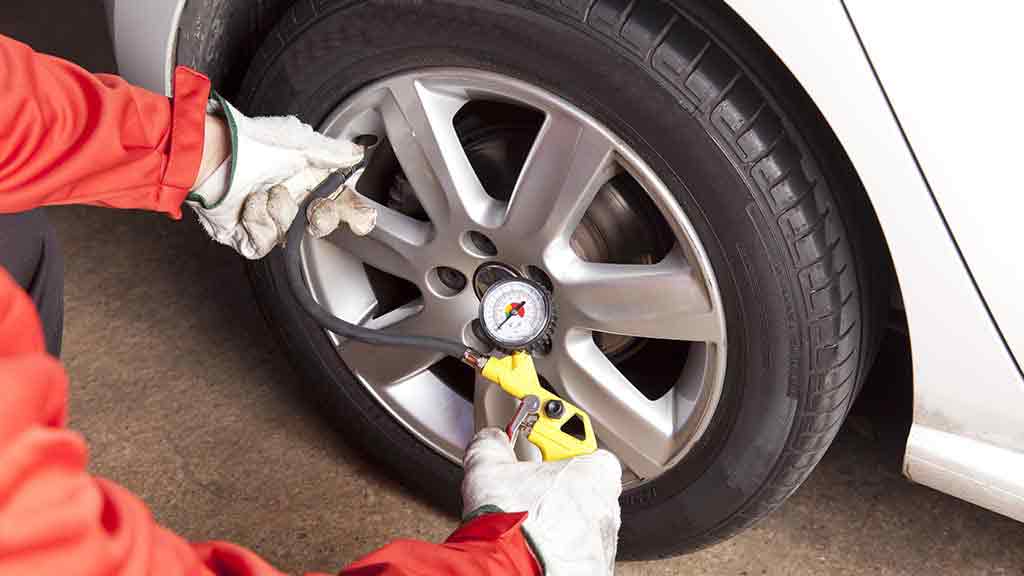How to read a tyre’s code
We help you decipher those confusing numbers and letters to pick the right tyres for your ride.
Last updated: 10 Mar 2021
Before you buy a new set of tyres for your vehicle, you’ll need to know which size and type to look for, and that means learning some basic tyre-speak. Don’t worry, those codes aren’t as confusing as they look once you know how to decipher them.
Tyre markings come in a mind-boggling mix of letters and numbers, along with measurements in millimetres or inches. You’ll find the markings we’re talking about on both sides of the tyre – usually referred to as the tyre’s ‘sidewall’.
Yep, I’m already confused…what now?
It helps to have a code-breaker on hand to make sense of the madness. Here we explain what it all means, using the code for one of the tyre types as an example:
225/60R17 99 T
The digits 225 refer to the section width (in mm) when the tyre is fitted to the recommended rim, inflated to the recommended pressure before it’s under load when attached to a car. You’ll either need to stick to the exact size the car comes with, or upgrade to a specific combination. On most cars you can upgrade to rims one or two inches bigger, requiring different widths and aspect ratios.
The number 60 is a percentage describing the tyre’s profile or aspect ratio. It’s the ratio between the tyre’s section height (distance from the wheel bead seat to the top of the tyre) and its section width. So in this case that’s 60%.
R stands for radial, which is the most common construction method for passenger car tyres. Radial tyres are more durable than older-style bias-ply tyres, and have lower road resistance which improves fuel economy.
The number 17 refers to the diameter (in inches) of the rim the tyre should be fitted to.
The number 99 is the load rating index, which tells you the maximum weight one tyre can carry (in this case, 775kg). Other examples include 89 (580kg), 92 (630kg), 94 (670kg) and 95 (690kg). Legally you need to make sure the tyres you buy have at least the load rating specified by your car’s manufacture.
T is the speed rating index and tells you the maximum speed you can drive the tyres at (in this case, 190km/h). Other examples are S (180km/h), H (210km/h), V (240km/h) and W (270km/h).
Extra ratings from the USA
Tyres sold in America must have a tread wear rating as part of the US Federal Government’s national Uniform Tire Quality Grading system (UTQG). If the same tyre is available here, you can use the information too – it’s printed on the tyre’s sidewall.
Under the system, a tyre’s tread wear is measured under controlled conditions involving an 11,500km drive on a specified test course, and compared with a “standard” tyre with a rating of 100. So a rating of 200 means the tyre should last twice as long as the standard model. So the higher the number, the longer a tyre should last.
The rating is purely based on controlled test conditions. Real-life wear depends on things like road surface, tyre pressure, wheel alignment and driving style. A tread wear warranty is a better measure of the expected life of the tyre.
Also part of the UTQG (and printed next to the tread wear rating) are:
- A traction rating that grades the tyre’s wet braking performance (AA, A, B or C, with AA being the best).
- A temperature rating, which tells you how well the tyre gets rid of heat (A, B or C, with A being the best).
These ratings aren’t very refined – just about every passenger tyre scores ‘A’ in both categories.
Special tyre designs
Directional tyres are designed to be fitted to the car so their tread pattern faces a particular way. This is usually marked with an arrow on the tyre’s sidewall.
It’s claimed directional tyres have better stability, but that’s something we haven’t reliably seen confirmed in our testing. Fitting them on the wrong side may affect the car’s handling and reduce the tyre’s life.
If you use this kind of tyre and don’t have a conventional tyre as a spare, remember that a directional spare will only fit one side of the car. If you have to use one on the wrong side, drive carefully and replace the damaged tyre as quickly as you can.
Asymmetric models (Outside/Inside) are designed to be fitted to the wheel rim so that a particular side (also marked on the tyre’s sidewall) faces outwards. This type of tyre can replace any of your car’s tyres if you need to use the spare.
M+S stands for Mud+Snow and this marking can be found on some SUV tyres. It’s not based on any performance tests, and just means the tyre meets certain design criteria.
Space-saver (narrower) spare tyres are found in some car models, instead of a full-size spare. If you have to use one, follow the instructions in your user manual. There’s likely to be a speed limit, sometimes as low as 70k/hr, and you’re only supposed to drive on it for a short distance to get you home or to the nearest tyre fitter – fine for inner city, but not so much for remote areas.
Using it over long distances or at higher speeds can damage your car. If you are living regionally or in remote Australia, it will be best to demand a full sized tyre supplied with your car purchase – you shouldn’t expect to pay any more for a full sized car tyre with the right bargaining tactic.
Related
Matthew Steen is the Director of Reviews and testing, which conducts all the testing content for CHOICE. He has worked for CHOICE for more than 20 years, from customer service to testing and content production.
Matthew is driven to work at CHOICE for its mission, and the people that it attracts, from staff to members, all dedicated to making Australia more fair, safe and just.
Matthew represents CHOICE as a council member on the Standards Australia Council. He is also responsible for ensuring CHOICE stays carbon neutral.
Matthew has a Bachelor of Humanities in Ethics from Queensland University of Technology.
Find Matthew on LinkedIn.
Matthew Steen is the Director of Reviews and testing, which conducts all the testing content for CHOICE. He has worked for CHOICE for more than 20 years, from customer service to testing and content production.
Matthew is driven to work at CHOICE for its mission, and the people that it attracts, from staff to members, all dedicated to making Australia more fair, safe and just.
Matthew represents CHOICE as a council member on the Standards Australia Council. He is also responsible for ensuring CHOICE stays carbon neutral.
Matthew has a Bachelor of Humanities in Ethics from Queensland University of Technology.
Find Matthew on LinkedIn.

